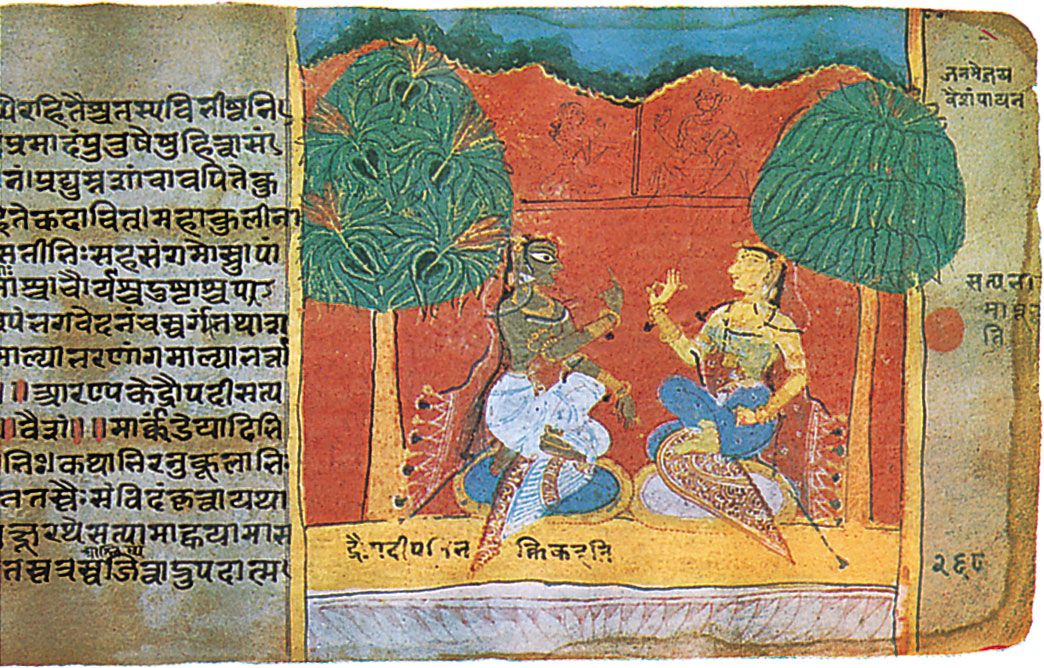India, a land of unparalleled cultural diversity, is also the birthplace of some of the world’s most ancient and significant languages. These languages are not only a medium of communication but also a window into India’s rich history, philosophy, literature, and religious traditions. By understanding the ancient languages of India, we gain deeper insights into the evolution of civilizations, knowledge systems, and artistic expression.
In this article, we explore the history, cultural importance, and legacy of the most notable ancient Indian languages, promoting a deeper appreciation of this linguistic heritage.
The Prominent Ancient Languages of India
1. Sanskrit: The Language of the Gods
Historical Significance
Sanskrit, often regarded as the “mother of all languages,” is an ancient Indo-Aryan language. Its origins trace back to the second millennium BCE, making it one of the oldest documented languages in the world. Vedic Sanskrit, found in sacred Hindu texts like the Vedas, forms the foundation of this linguistic tradition.
Cultural Contributions
- Literature: Iconic epics such as the Mahabharata and Ramayana are composed in Sanskrit.
- Philosophy: Foundational texts like the Bhagavad Gita and Upanishads originated in this language.
- Science and Medicine: Ancient treatises such as the Charaka Samhita and Aryabhatiya were written in Sanskrit, showcasing India’s advanced understanding of medicine and astronomy.
Legacy
Sanskrit’s precise grammar and etymology have influenced numerous modern Indian languages. It continues to be revered in spiritual, academic, and cultural contexts.
2. Tamil: The Dravidian Jewel
Historical Significance
Tamil is one of the oldest surviving languages in the world, with a literary history spanning over 2,000 years. It belongs to the Dravidian language family and is primarily spoken in Tamil Nadu and Sri Lanka.
Cultural Contributions
- Sangam Literature: Tamil’s ancient Sangam poetry sheds light on early Tamil culture, governance, and societal values.
- Art and Architecture: Tamil inscriptions adorn many ancient temples, chronicling historical events and religious practices.
- Global Reach: Tamil is spoken widely across Southeast Asia, attesting to its influence during the Chola dynasty’s maritime dominance.
Legacy
Tamil is a thriving language with over 70 million speakers globally. Its classical status underscores its immense historical and cultural significance.
3. Pali: The Language of Buddhist Teachings
Historical Significance
Pali, an ancient Prakrit language, gained prominence as the language of Theravāda Buddhism. Originating around the 5th century BCE, it became the medium for preserving Buddha’s teachings in the Tipitaka (Pali Canon).
Cultural Contributions
- Buddhist Scriptures: Pali was instrumental in spreading Buddhist philosophy across Asia.
- Historical Records: Inscriptions in Pali provide valuable insights into the socio-political landscape of ancient India.
Legacy
Pali remains a key subject of study for scholars of Buddhism and ancient Indian history. Its preservation is crucial for understanding early Buddhist practices and philosophy.
4. Prakrit: The Language of the Common People
Historical Significance
Prakrit languages emerged as vernacular forms of Sanskrit, spoken by the masses between the 3rd century BCE and the 8th century CE.
Cultural Contributions
- Jain and Buddhist Texts: Prakrit served as the medium for many canonical texts, making religious ideas accessible to common people.
- Linguistic Bridge: It connected the scholarly language of Sanskrit with regional dialects, influencing the development of modern Indian languages.
Legacy
Prakrit languages paved the way for vernacular literature and Indian regional languages, enriching India’s linguistic diversity.
5. Kannada and Telugu: Dravidian Classics
Historical Significance
Both Kannada and Telugu, prominent Dravidian languages, have a rich literary tradition that dates back over a millennium. Kannada’s earliest inscriptions date to the 5th century CE, while Telugu’s distinct script evolved by the 6th century CE.
Cultural Contributions
- Kannada: Known for classical works such as Pampa Bharata and contributions to temple architecture inscriptions.
- Telugu: Celebrated as the “Italian of the East,” Telugu’s poetic nature is evident in classical works and devotional songs.
Legacy
These languages remain vibrant and are spoken by millions, continuing their contributions to Indian literature, cinema, and cultural identity.
Why Ancient Indian Languages Matter Today
The ancient languages of India are more than relics of the past. They hold timeless wisdom and continue to influence modern education, culture, and spirituality.
1. Source of Knowledge
From ancient scriptures to scientific treatises, these languages preserve India’s intellectual achievements.
2. Cultural Identity
Languages like Sanskrit, Tamil, and Kannada connect modern Indians to their heritage, fostering pride and continuity.
3. Global Influence
India’s linguistic legacy is celebrated worldwide, with many universities offering courses in Sanskrit, Tamil, and Pali.
4. Sustainability in Linguistics
The preservation and promotion of these languages are essential for maintaining linguistic diversity and understanding the evolution of human expression.
Promoting Ancient Indian Languages in the Digital Age
To ensure the survival and growth of these ancient languages, leveraging modern tools and platforms is crucial. Here’s how:
- Digital Resources: Creating online dictionaries, translation tools, and e-libraries for Sanskrit, Tamil, and Pali texts.
- Educational Initiatives: Encouraging schools and universities to include ancient language studies in their curriculum.
- Content Creation: Using blogs, videos, and social media to generate awareness and appreciation for these languages.
Conclusion: Embracing India’s Linguistic Heritage
The ancient languages of India are a testament to its rich history and cultural depth. By learning about and preserving these languages, we not only honor our past but also enrich our future.
Explore more about ancient Indian languages and their timeless contributions to human knowledge by visiting Indianetzone’s article on Indian Ancient Languages.



